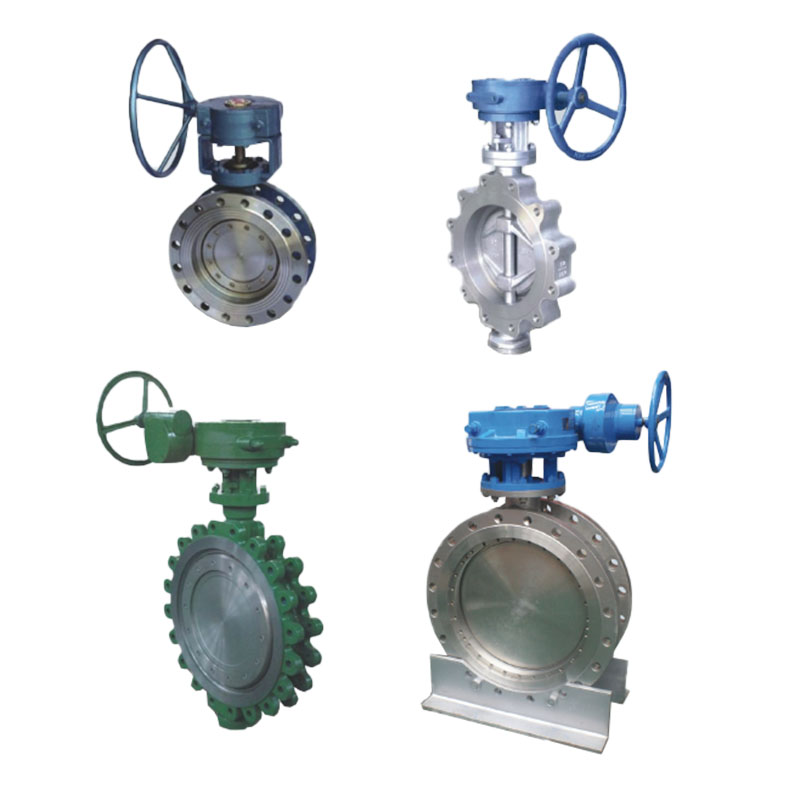Zhejiang Shunlin Valve Co., Ltd. is China Flange Valve Manufacturers, we are design and manufactures API standard valves (globe valves, gate valves, check valves, ball valves).
The advantages of small fluid resistance of ball valves and their application in high-pressure and large-flow systems
Update:2024-05-02 8:00:00 Thursday
Summary:In fluid control systems, valve selection is critical. Different types of valves show different performances in terms of fluid resistance due to differences in structural characteristics and working principles. Among them, ball valves, with their rel......
In fluid control systems, valve selection is critical. Different types of valves show different performances in terms of fluid resistance due to differences in structural characteristics and working principles. Among them, ball valves, with their relatively small fluid resistance, occupy a place in high-pressure, large-flow pipeline systems and have become the preferred solution to effectively reduce system energy consumption.
The small fluid resistance of the ball valve is mainly due to its unique structural design and working principle. When the ball valve is in the open state, the channel between the ball and the valve seat is straight, and the medium can pass smoothly in a straight line without excessive bending or turning. This straight-line flow design greatly reduces the energy loss caused by friction and impact when the fluid passes through the valve.
In high-pressure, large-flow pipeline systems, the reduction of fluid resistance means reduction of system energy consumption. Traditional valve types, such as gate valves or globe valves, tend to produce greater resistance when fluid passes through, which not only increases the operating cost of the system, but may also affect the flow rate and pressure stability of the fluid. The low resistance characteristics of the ball valve enable it to maintain efficient fluid transmission in high-pressure, large-flow working environments, effectively improving the overall performance of the system.
In addition, the low fluid resistance of ball valves helps reduce system maintenance costs. Since the fluid experiences less impact and friction when passing through the ball valve, the wear of the valve will be reduced accordingly, thereby extending the service life of the valve. Not only does this reduce the cost of replacing valves, it also reduces the risk of system downtime due to valve failure.
In practical applications, ball valves have been widely used in high-pressure and large-flow pipeline systems in petroleum, chemicals, natural gas, electric power and other industries. In these fields, ball valves, with their low resistance and high efficiency, have made important contributions to the stable operation of the system and the reduction of energy consumption.
The fluid resistance of ball valves is relatively small, which gives them significant advantages in high-pressure, large-flow pipeline systems. By selecting and using ball valves, we can effectively reduce the energy consumption of the system, improve overall performance, and contribute to the sustainable development of the enterprise. With the continuous advancement of technology and the continuous expansion of applications, it is believed that ball valves will show their unique value and charm in more fields.
The small fluid resistance of the ball valve is mainly due to its unique structural design and working principle. When the ball valve is in the open state, the channel between the ball and the valve seat is straight, and the medium can pass smoothly in a straight line without excessive bending or turning. This straight-line flow design greatly reduces the energy loss caused by friction and impact when the fluid passes through the valve.
In high-pressure, large-flow pipeline systems, the reduction of fluid resistance means reduction of system energy consumption. Traditional valve types, such as gate valves or globe valves, tend to produce greater resistance when fluid passes through, which not only increases the operating cost of the system, but may also affect the flow rate and pressure stability of the fluid. The low resistance characteristics of the ball valve enable it to maintain efficient fluid transmission in high-pressure, large-flow working environments, effectively improving the overall performance of the system.
In addition, the low fluid resistance of ball valves helps reduce system maintenance costs. Since the fluid experiences less impact and friction when passing through the ball valve, the wear of the valve will be reduced accordingly, thereby extending the service life of the valve. Not only does this reduce the cost of replacing valves, it also reduces the risk of system downtime due to valve failure.
In practical applications, ball valves have been widely used in high-pressure and large-flow pipeline systems in petroleum, chemicals, natural gas, electric power and other industries. In these fields, ball valves, with their low resistance and high efficiency, have made important contributions to the stable operation of the system and the reduction of energy consumption.
The fluid resistance of ball valves is relatively small, which gives them significant advantages in high-pressure, large-flow pipeline systems. By selecting and using ball valves, we can effectively reduce the energy consumption of the system, improve overall performance, and contribute to the sustainable development of the enterprise. With the continuous advancement of technology and the continuous expansion of applications, it is believed that ball valves will show their unique value and charm in more fields.

 English
English 中文简体
中文简体 русский
русский







